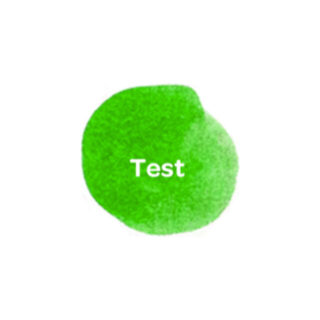Design Thinking: Test

Why Test?
In the Test step, students take their refined solution and test it out in real-world scenarios. This could involve user testing, where students observe how their solution is used by others, or it could involve creating a prototype and testing it out in a real-world setting. Students must identify any issues or challenges that arise once they put their solutions into practice and make any necessary adjustments to ensure that it works as intended.
The Test step is critical because it allows students to see their solution in action and to identify any potential issues or challenges that they may not have anticipated during the Ideate and Prototype steps. By testing the solution in the real world, students can refine and improve it until it works as intended and meets the needs of the user.
Real World Example — Designing a Playground with Students
In the playground scenario, students might use the Test step to observe how peers use their proposed playground and identify any potential safety issues or design flaws. They might also test out different materials or configurations to see which ones work best in the real world.
Tips for Working with Students
- Encourage students to be open to feedback and suggestions from their peers and teachers and to be willing to make changes based on what they observe.
- Encourage students to document their testing process, including any issues or challenges that arise and how they addressed them.
- Remind students that testing is an ongoing process and that they may need to make multiple adjustments to their solution based on what they observe in the real world.
Check Your Understanding
- What is the Test step in the design thinking process?
a. Observing how others use the solution
b. Creating a prototype and testing it out in a real-world setting
c. Refining and improving the solution until it works as intended
- Why is the Test step important?
a. It allows students to see their solution in action and identify any potential issues or challenges that they may not have anticipated
b. It ensures that the solution meets the needs of the user
c. It helps students generate a lot of ideas quickly
- When might a K-5 student use the Test step in the playground scenario?
a. To create a small-scale model of their proposed playground
b. To observe how their proposed playground is used by their peers and identify any potential safety issues or design flaws
c. To brainstorm ideas for different playground features
If you found this content helpful, you might enjoy this series of Imagineerz blog posts and check out Get Started with Design Thinking!


